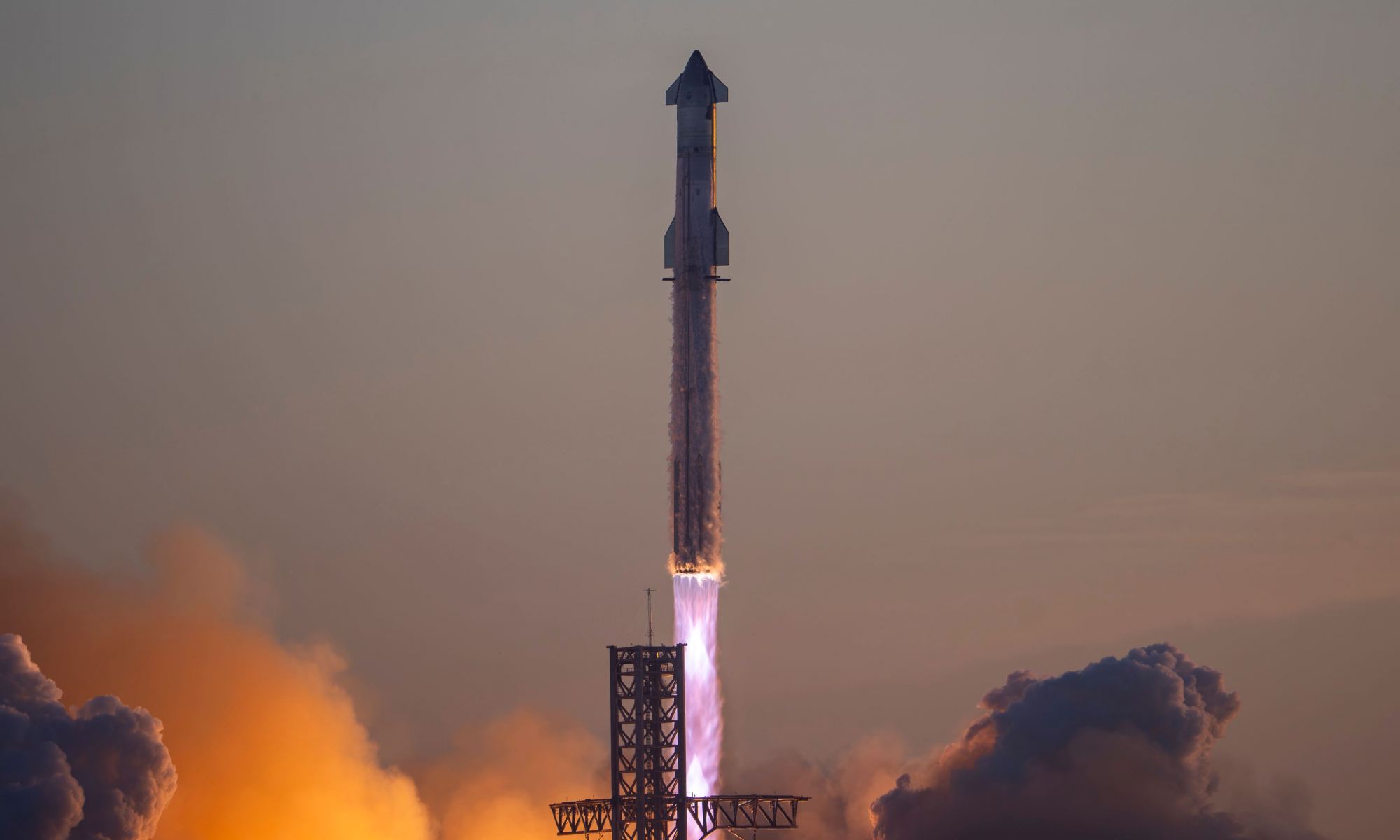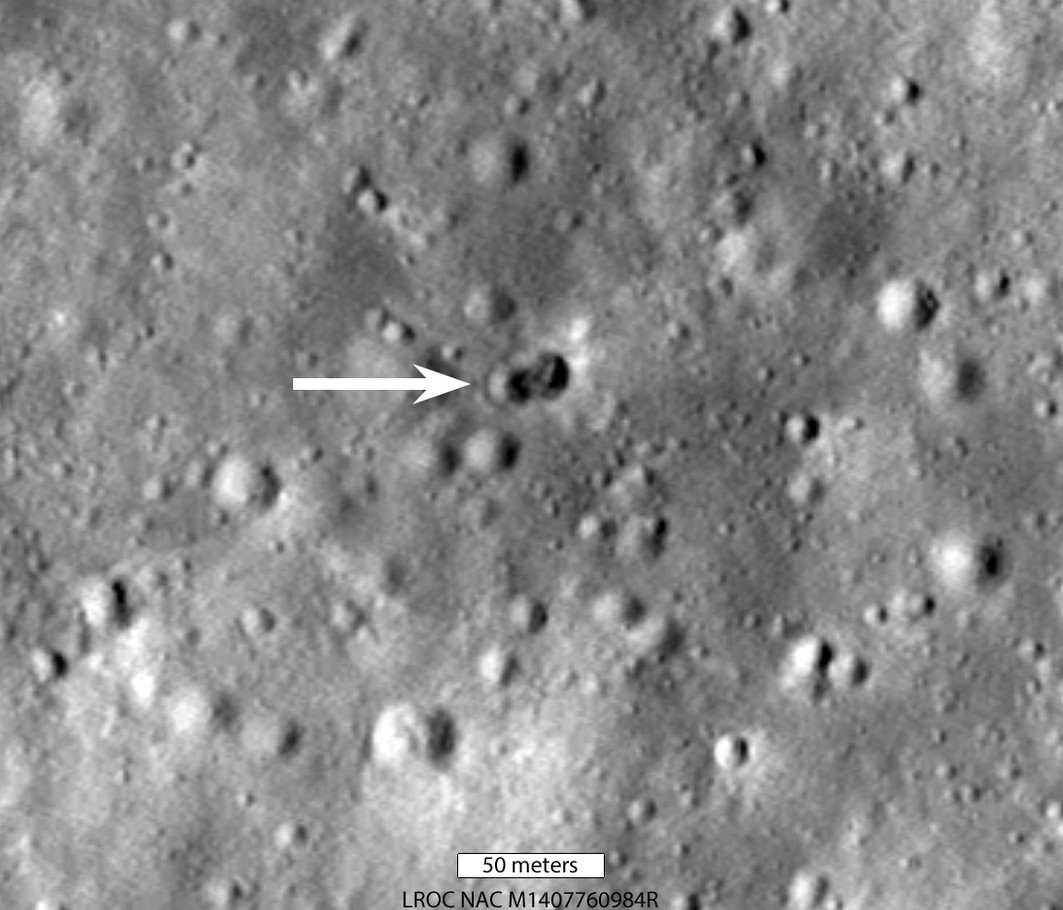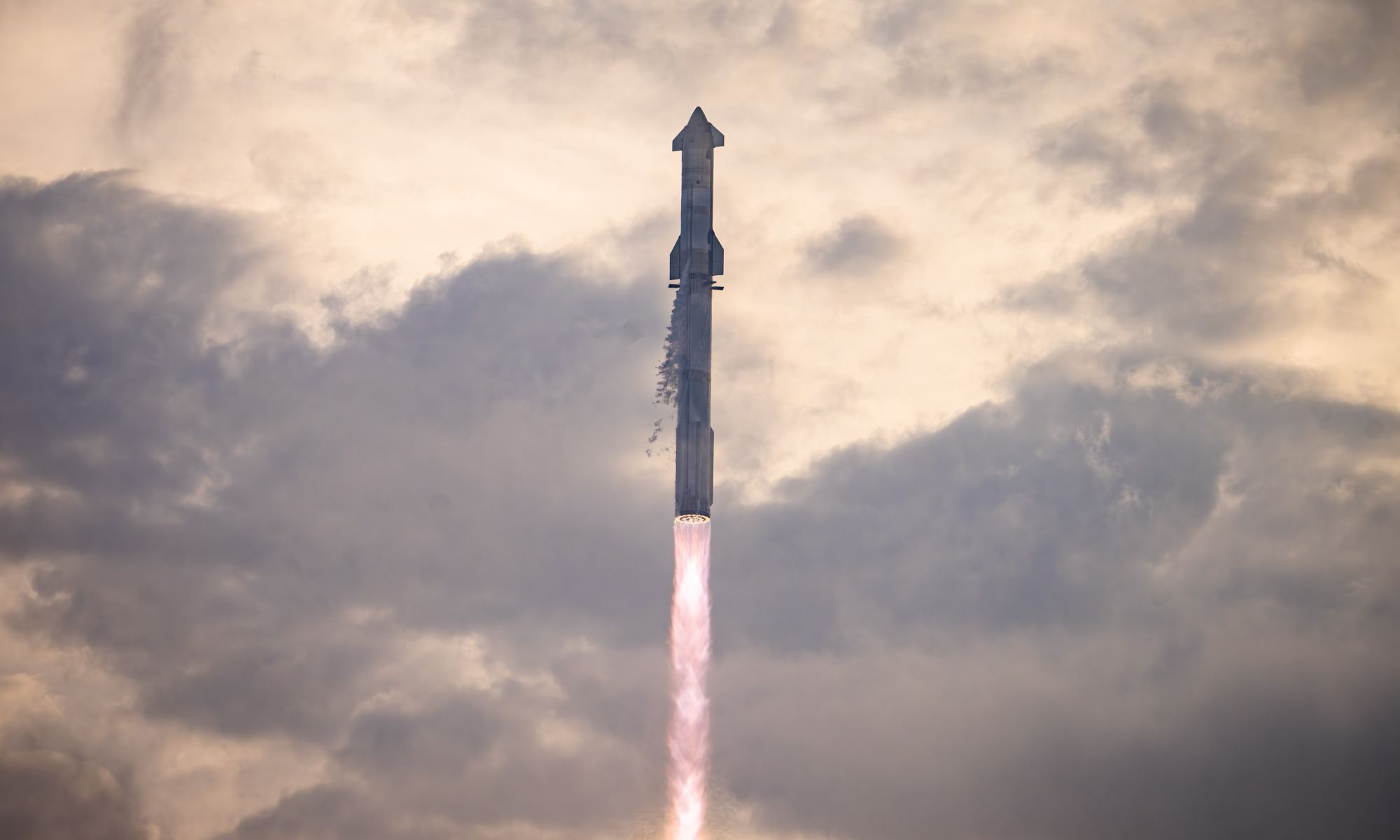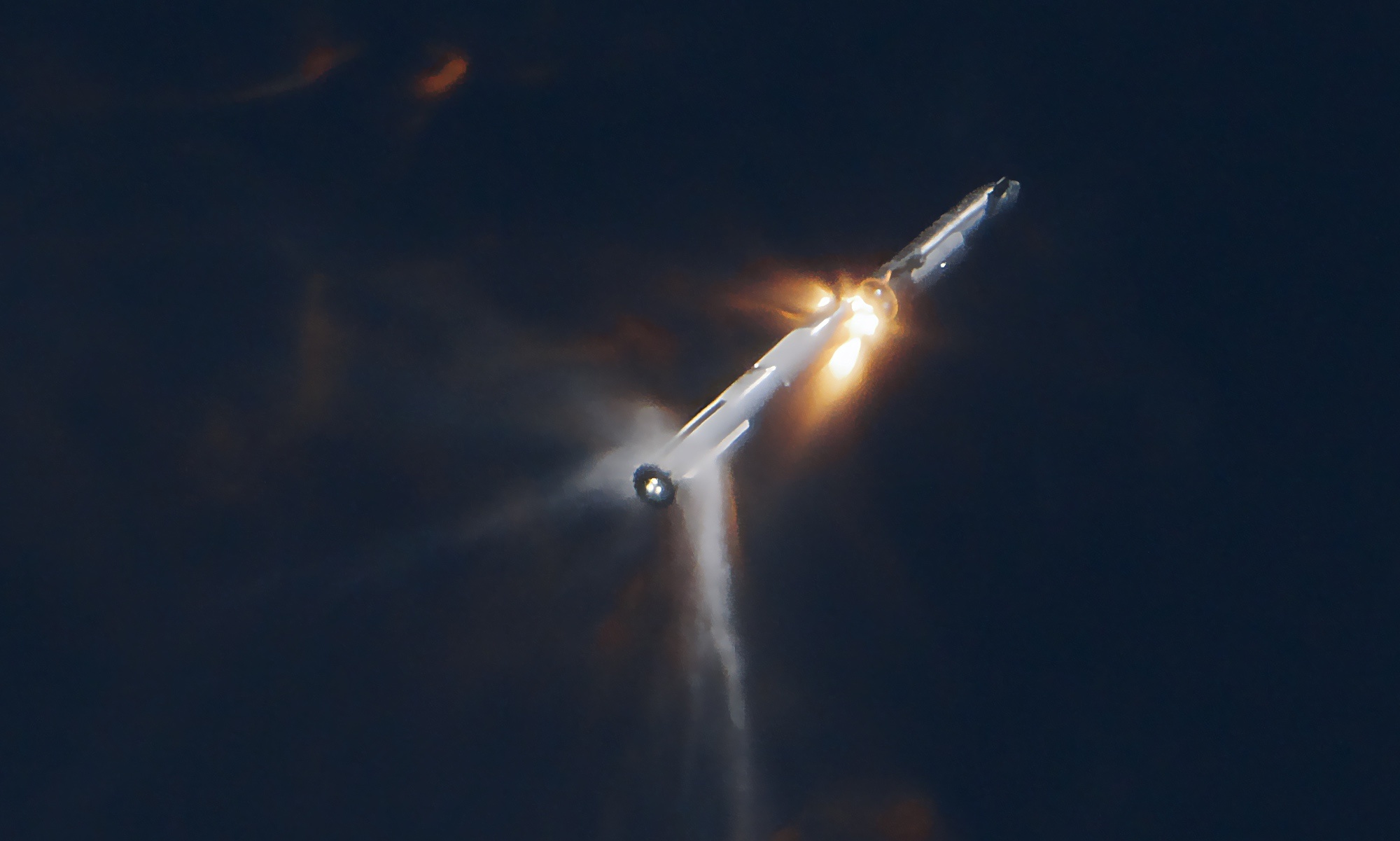The International Space Station (ISS) has been continuously orbiting Earth for more than 25 years and has been visited by over 270 astronauts, cosmonauts, and commercial astronauts. In January 2031, a special spacecraft designed by SpaceX – aka. The U.S. Deorbit Vehicle – will lower the station’s orbit until it enters our atmosphere and lands in the South Pacific. On July 17th, NASA held a live press conference where it released details about the process, including a first glance at the modified SpaceX Dragon responsible for deorbiting the ISS.
Continue reading “SpaceX Reveals the Beefed-Up Dragon That Will De-Orbit the ISS”SpaceX’s Rocket Failure Could Cause Delays for Lots of Launches

After going eight years and more than 300 launches without a failure, SpaceX had a Falcon 9 rocket launch go awry, resulting in the expected loss of 20 Starlink satellites.
The Federal Aviation Administration said it would oversee an investigation into the anomaly, raising the prospect that dozens of launches could be delayed until the problem is identified and rectified. Update for July 27: SpaceX was able to resume Falcon 9 launches after the FAA ruled that no public safety issues were involved in the anomaly.
As many as 40 Falcon 9 launches are on tap between now and the end of the year — potentially including missions that would carry astronauts to the International Space Station and send the privately funded Polaris Dawn crew into orbit for the world’s first commercial spacewalk.
Continue reading “SpaceX’s Rocket Failure Could Cause Delays for Lots of Launches”Astronauts are Practicing Lunar Operations in New Space Suits

Through the Artemis Program, NASA will send astronauts to the lunar surface for the first time since 1972. While the challenges remain the same, the equipment has evolved, including the rocket, spacecraft, human landing system (HLS), and space suits. In preparation for Artemis III (planned for September 2026), NASA recently conducted a test where astronauts donned the new space suits developed by Axiom Space and practiced interacting with the hardware that will take them to the Moon.
Continue reading “Astronauts are Practicing Lunar Operations in New Space Suits”Success! SpaceX’s Starship Makes a Splash in Fourth Flight Test
SpaceX’s Starship earned high marks today in its fourth uncrewed flight test, making significant progress in the development of a launch system that’s tasked with putting NASA astronauts on the moon by as early as 2026.
Continue reading “Success! SpaceX’s Starship Makes a Splash in Fourth Flight Test”Starlinks Can Produce Surprisingly Bright Flares to Pilots

How can sunlight reflecting off SpaceX’s Starlink satellites interfere with ground-based operations? This is what a recently submitted study hopes to address as a pair of researchers investigate how Starlink satellites appear brighter—which the researchers also refer to as flaring—to observers on Earth when the Sun is at certain angles, along with discussing past incidents of how this brightness has influenced aerial operations on Earth, as well. This study holds the potential to help spacecraft manufacturers design and develop specific methods to prevent increased brightness levels, which would help alleviate confusion for observers on Earth regarding the source of the brightness and the objects in question.
Continue reading “Starlinks Can Produce Surprisingly Bright Flares to Pilots”SpaceX Shows Off Its New Extravehicular Activity Suit
In February 2022, SpaceX and entrepreneur/philanthropist Jared Isaacman (commander of the Inspiration4 mission) announced they were launching a new program to “rapidly advance human spaceflight capabilities” while supporting important charitable and humanitarian causes here on Earth. It’s called the Polaris Program. In a recent press release, SpaceX revealed the spacesuits its Polaris astronauts will be wearing (up top) and described the research crews will conduct during the program’s three human spaceflight missions – the first of which is scheduled to launch this summer!
Continue reading “SpaceX Shows Off Its New Extravehicular Activity Suit”Starship Reaches Orbit on SpaceX’s Third Test but Breaks Up on Re-Entry
After falling short in its first two attempts, SpaceX got its Starship super-rocket to an orbital altitude today during the launch system’s third integrated flight test. Now it just has to work on the landing.
Today’s test marked a major milestone in SpaceX’s effort to develop Starship as the equivalent of a gigantic Swiss Army knife for spaceflight, with potential applications ranging from the deployment of hundreds of Starlink broadband satellites at a time to crewed odysseys to the moon, Mars and beyond.
Continue reading “Starship Reaches Orbit on SpaceX’s Third Test but Breaks Up on Re-Entry”SpaceX is Gearing Up for the Starship’s Third Orbital Test Flight

The Starship/Super Heavy is the world’s first fully reusable launch system and the most powerful rocket in history. It is also the key to fulfilling SpaceX’s long-term vision of broadband satellite internet, delivering crews and cargo to the lunar surface, and creating the first self-sustaining city on Mars. After years of development, design changes, and “hop tests” at the company’s launch facility near Boca Chica, Texas, orbital test flights finally began in April last year. The first two flights ended in the loss of both vehicles, though the second flight saw the Starship prototype reach orbit.
According to a recent statement from the company, Flight Test-3 (FT-3) could be happening as soon as Thursday, March 14th, pending approval of the Federal Aviation Administration (FAA). The event will be covered in a live webcast streaming on the company website and SpaceX’s official X (Twitter) account.
Continue reading “SpaceX is Gearing Up for the Starship’s Third Orbital Test Flight”Now We Know Why Starship’s Second Flight Test Failed
SpaceX is often in the headlines, unfortunlatey its not always good news. On 18th November we saw the second of the Starship and SuperHeavy booster get off the launchpad successfully, it failed before reaching orbit. In a recent event, Elon Musk explained how a fuel venting near the end of the burn was responbie but entirely avoidable next time!
Continue reading “Now We Know Why Starship’s Second Flight Test Failed”A Chinese Booster (and Additional Secret Payload) Caused a Double Crater on the Moon

Last year, astronomers warned that a large piece of debris was on a collision course with the Moon. Initially, they speculated that it was a SpaceX booster but later zeroed in on a Chinese Long March 3C rocket booster that launched the Chang’e 5 mission. When it did impact on March 4, 2022, astronomers noted a strange double crater.
A new paper suggests that it couldn’t have been a single object breaking up since there’s no atmosphere on the Moon. Instead, the booster must have been carrying an additional, undisclosed payload.
Continue reading “A Chinese Booster (and Additional Secret Payload) Caused a Double Crater on the Moon”




